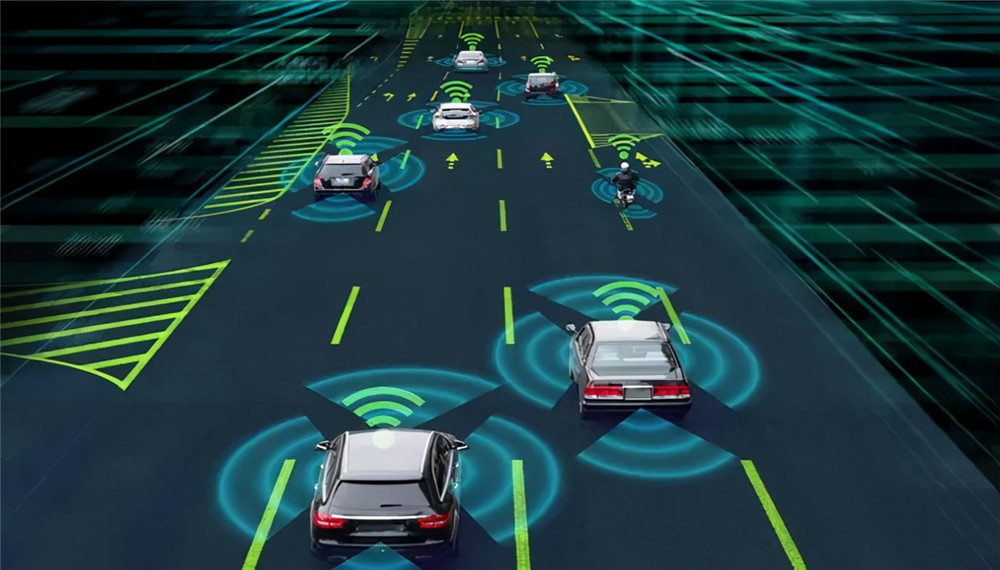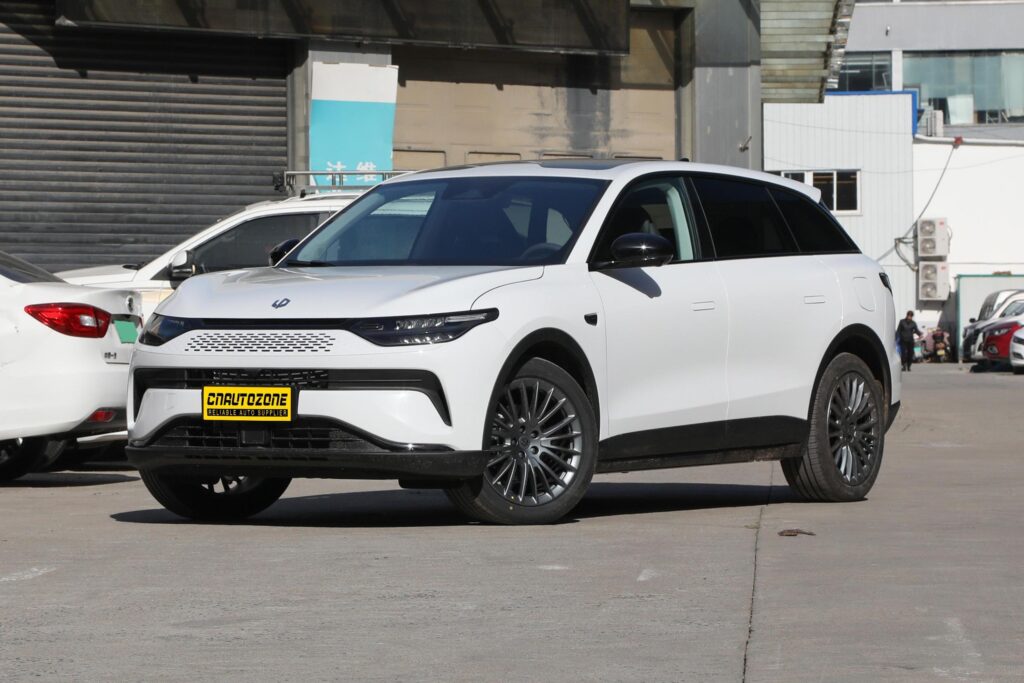As we navigate through the 21st century, the concept of autonomous driving is transforming from a visionary dream into a tangible reality. The development of self-driving technology not only reflects advancements in engineering and technology but also symbolizes a significant shift in how we envision transport, mobility, and urban planning. In this blog post, we will systematically explore the evolution of autonomous driving technology, examining its milestones, current trends, challenges, and future prospects.

Historical Context
Before delving into the specifics of recent advancements, it is pivotal to understand the historical context surrounding autonomous driving. The quest for self-driving vehicles can be traced back to the 1920s when the first attempts at creating drive-by-wire systems emerged. However, it wasn’t until the late 20th century, with the infusion of computer technologies and advancements in sensor and software capabilities, that substantial progress began to materialize.
In 1980, Alan McKenna developed a rudimentary autonomous car at Carnegie Mellon University, equipped with vision sensors. However, these early models were primarily experimental. The modern era of autonomous driving kicked off in the 2000s, spurred by initiatives such as the DARPA Grand Challenge, which tested self-driving vehicles in complex environments. This competition sparked interest and investment from both academia and industry, laying the groundwork for the innovations that would follow.
Technological Advancements
Sensor Technology
One of the cornerstones of autonomous driving technology lies in its sensors, which are critical for perception and navigation. Primary sensor categories include LIDAR (Light Detection and Ranging), radar, cameras, and ultrasonic sensors. Each technology contributes distinct advantages; for instance, LIDAR provides high-resolution 3D mapping of the environment, while radar is particularly effective in adverse weather conditions.
In recent years, improvements in sensor technology have significantly lowered costs, enabling wider adoption. The introduction of solid-state LIDAR systems has improved durability and reliability. Efforts to integrate artificial intelligence (AI) and machine learning algorithms into these systems have enhanced their capability to interpret complex environments and make real-time decisions.
Software and AI Integration
The development of sophisticated algorithms and AI methodologies has been equally, if not more, crucial to the evolution of autonomous driving. Advanced machine learning techniques, particularly deep learning, allow vehicles to become ‘smarter’ over time by learning from vast datasets obtained from real-world driving conditions.
Autonomous vehicles, through continuous data collection and analysis, are better equipped to handle nuanced aspects of driving, such as recognizing traffic signals, interpreting pedestrian behavior, and navigating through intricate urban landscapes. Current AV systems increasingly utilize simulation environments to test their algorithms under diverse scenarios, providing a platform where they can learn from virtual challenges before encountering them on actual roads.
Current Trends and Industry Landscape
Currently, the landscape of autonomous driving is characterized by a myriad of technologies, stakeholders, and business models. Thus far, companies ranging from tech giants like Google’s Waymo and Tesla to traditional automotive manufacturers like Ford and General Motors have invested heavily in this space.
Levels of Automation
The Society of Automotive Engineers (SAE) classifies vehicle automation into six levels, ranging from Level 0 (no automation) to Level 5 (full automation). As of now, most commercially available vehicles utilize Level 2 automation, which provides driver assistance features such as adaptive cruise control and lane-keeping assistance. However, several players are progressing towards Level 4, where vehicles can handle all driving tasks in specific environments, such as urban centers or confined areas.
Pilot Programs and Public Perception
Various pilot programs have been launched in recent years across the globe, testing autonomous vehicles in controlled settings, ride-sharing services, and delivery applications. Cities like San Francisco and Shanghai have been in the spotlight for public trials of self-driving taxis. These pilot programs not only serve to gather essential data but also play a crucial role in educating the public about the safety and efficiency of these vehicles.
Indeed, public perception remains a significant barrier to widespread adoption. High-profile accidents involving autonomous vehicles have raised concerns about safety and reliability, prompting discussions about regulatory frameworks and ethical considerations that need to be addressed before full-scale implementation.
Challenges Ahead
Despite the remarkable strides made in autonomous driving technology, formidable challenges remain.
Regulatory Hurdles
The regulatory landscape is currently fragmented, with different countries and states possessing varying degrees of acceptance and established legal frameworks surrounding autonomous vehicles. Policymakers face the dual challenge of ensuring public safety while simultaneously fostering innovation. This balance is critical; overly restrictive regulations may stifle advancements, while a lack of adequate guidelines could jeopardize safety.
Ethical Considerations
The ethical implications of autonomous vehicles represent another profound challenge. As machines assume decision-making roles, dilemmas arise regarding how these algorithms should behave in emergency scenarios. The classic trolley problem, where a choice must be made about whom to save in a crisis, underscores the uncomfortable moral choices that may need to be programmed into these vehicles.
Future Prospects
Looking ahead, it is evident that autonomous driving technology is poised for significant impact on various facets of society. The integration of AVs has the potential to reduce traffic congestion, lower accident rates, and curtail emissions. Moreover, autonomous vehicles could revolutionize urban planning, allowing for more efficient land use as parking needs decrease.
Mobility as a Service (MaaS)
The emergence of the Mobility as a Service (MaaS) model reflects a shift toward on-demand transportation solutions facilitated by autonomous vehicles. This paradigm could offer enhanced accessibility and convenience, particularly for underserved communities, the elderly, and individuals with disabilities.
Continued Innovation and Collaboration
For the full potential of autonomous vehicles to be realized, continuous innovation and collaboration among a range of stakeholders—including tech companies, automotive manufacturers, regulatory bodies, and urban planners—will be paramount. Strategic partnerships and sharing of knowledge are essential for tackling the complex challenges associated with integrating autonomous vehicles into existing transport ecosystems.
Conclusion
In summation, the journey of autonomous driving technology is a testament to human innovation, resilience, and foresight. While we stand on the precipice of a transformative era, embracing new technologies necessitates a balanced approach that prioritizes safety and ethical implications. The evolution of autonomous driving is not merely about creating driverless cars; it is about reshaping how we think about mobility, community, and urban life. As the industry moves forward, the decisions we make now will profoundly influence the contours of our societies for generations to come. cnautozone car expert

